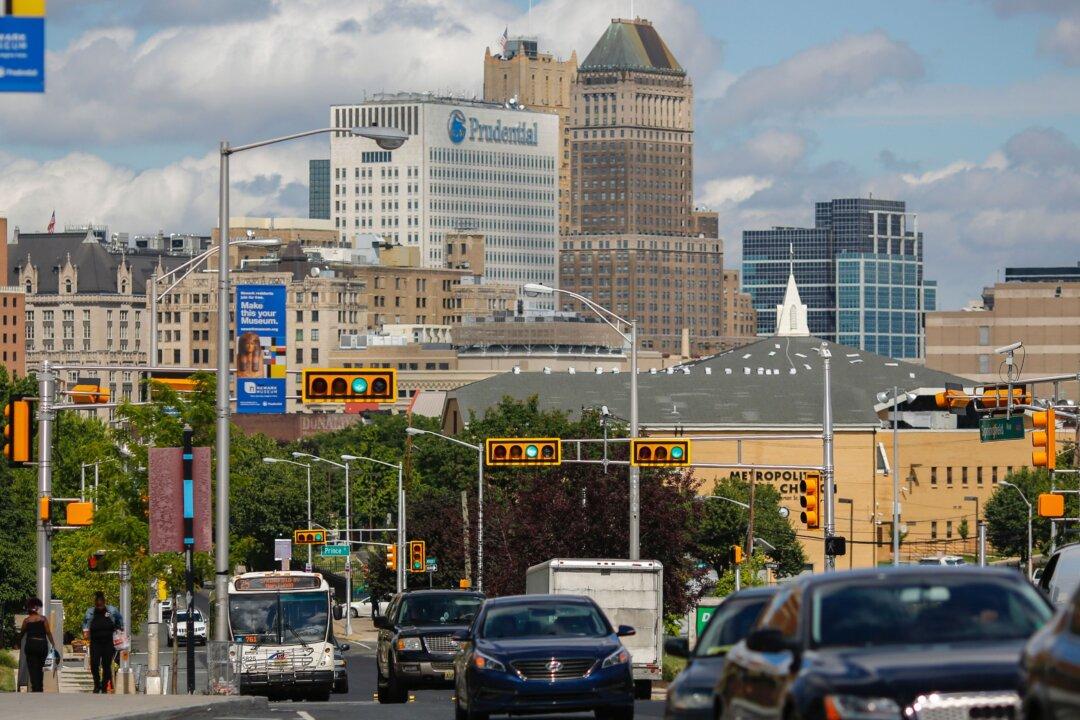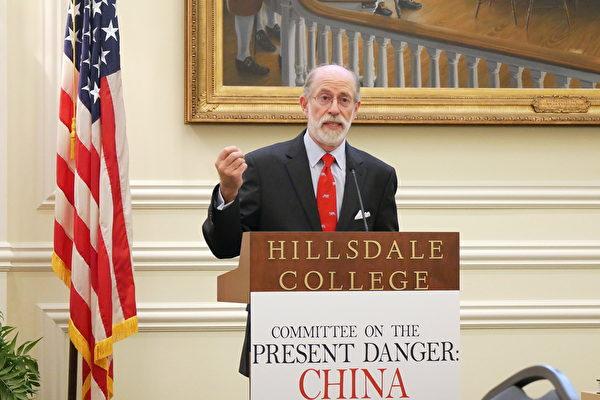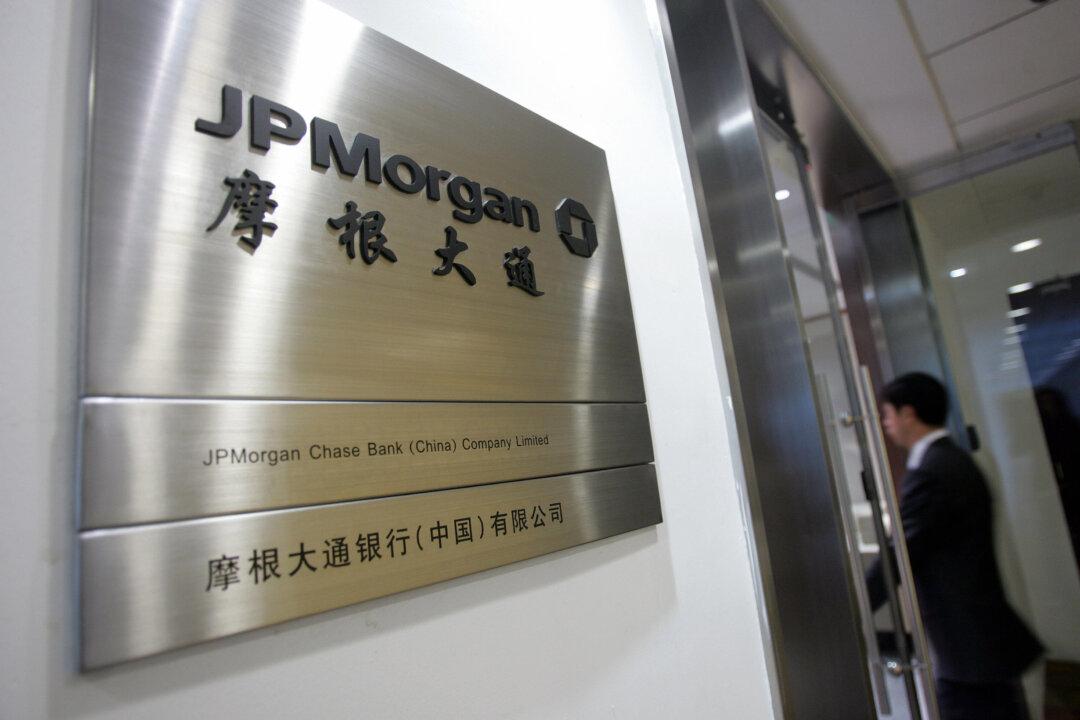Commentary
When COVID-19 broke out in the United States, New Jersey was soon hit severely, and now ranks second across the country just after New York for the highest number of confirmed cases and deaths. As of May 15, New Jersey had 143,905 confirmed cases and 10,138 deaths.





